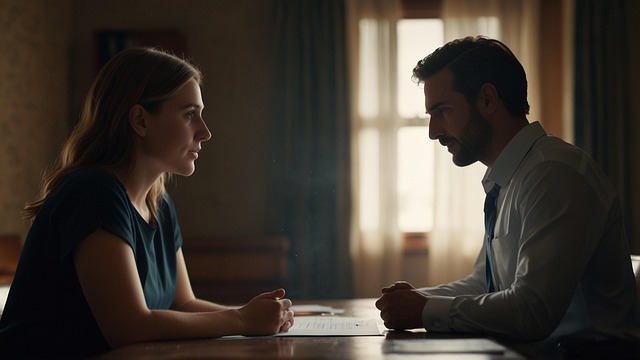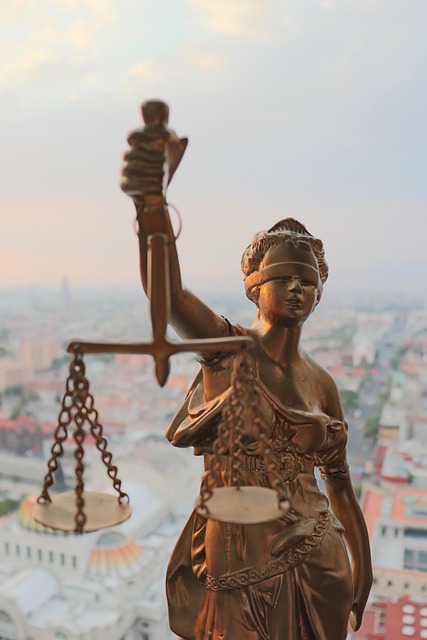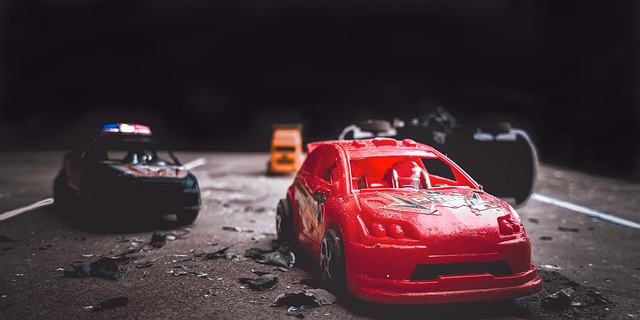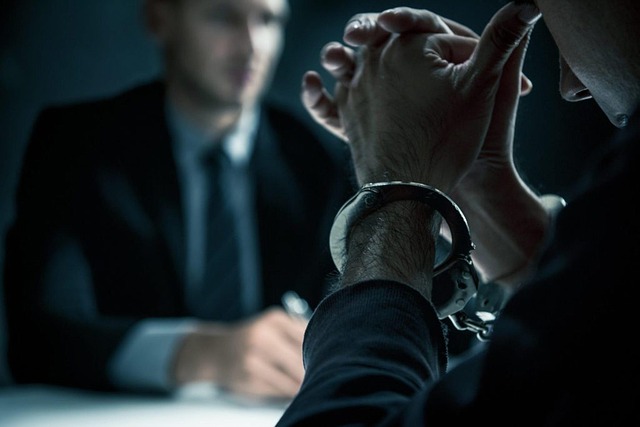Ineffective cleaning and maintenance practices in restaurants significantly increase the risk of slip and fall incidents due to uncleaned floors, damaged or uneven flooring, and inadequate staff training. These issues can lead to severe injuries and legal repercussions, including business litigation and medical negligence claims. Restaurants must implement robust cleaning and maintenance protocols, focusing on high-risk areas like entryways and kitchens, to protect patrons and mitigate financial liabilities associated with restaurant slip and fall incidents.
“Restaurant slip and fall incidents are more common than you think, often resulting from avoidable causes. This article delves into the top three factors contributing to these accidents: ineffective cleaning and maintenance, poor lighting and visual obstacles, and employee negligence or training deficits. By understanding these common pitfalls, restaurant owners can implement preventative measures, ensuring safer environments for customers and staff alike.”
- Ineffective Cleaning and Maintenance
- – Lack of regular floor cleaning and maintenance
- – Inadequate attention to high-risk areas like entryways and kitchens
Ineffective Cleaning and Maintenance
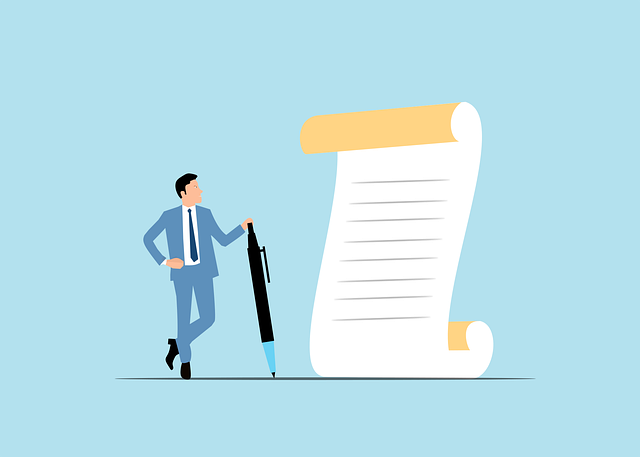
Ineffective cleaning and maintenance practices are a significant contributor to restaurant slip and fall incidents. Floors that are not regularly cleaned or maintained can become slick with spilled liquids, grease, or food debris, increasing the risk of patrons slipping and falling. Moreover, damaged flooring, loose tiles, or uneven surfaces that are not promptly repaired can also cause serious accidents. These issues can arise from a breach of contract between the restaurant owners and their cleaning or maintenance service providers, or even due to negligence on the part of the restaurant staff.
In cases of severe injuries resulting from slip and fall incidents in restaurants, business litigation may become necessary. A car accident lawyer specializing in such matters could assist victims in pursuing compensation for medical bills, lost wages, and pain and suffering. It’s important to remember that effective cleaning and maintenance protocols are not just safety measures; they can also protect the establishment from potential legal issues and financial liabilities associated with restaurant slip and fall incidents.
– Lack of regular floor cleaning and maintenance

One of the most prevalent causes behind restaurant slip and fall incidents is the lack of regular floor cleaning and maintenance. Restaurants are bustling environments with constant foot traffic, especially during peak dining hours. If floors aren’t cleaned promptly, even a small spill or loose substance can turn into a hazard. A single drop of water left unattended may result in a slippery surface, increasing the risk of customers tripping and falling. This issue is further exacerbated by high customer turnover, which often means cleaning staff are already stretched thin, leaving less time for thorough floor maintenance.
Regular floor care not only involves removing visible debris but also treating and polishing surfaces to ensure traction and safety. Neglecting these tasks can lead to severe restaurant slip and fall injuries, particularly for elderly patrons or individuals with reduced mobility. It’s essential for restaurants to prioritize floor safety as a critical aspect of their operational procedures to prevent unfortunate incidents and potential legal issues, including elder law cases related to negligence, which may arise from such accidents.
– Inadequate attention to high-risk areas like entryways and kitchens
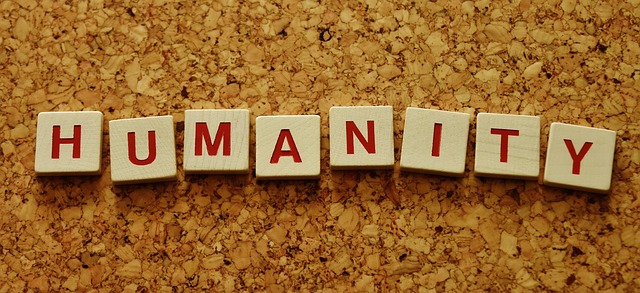
In many restaurant slip and fall incidents, a primary cause is the lack of proper attention to high-risk areas such as entryways and kitchens. These spaces often present unique challenges due to their high foot traffic and potential hazards like slippery surfaces from spilled liquids or uneven flooring. Restaurants must implement robust safety measures tailored to these zones, including regular cleaning and maintenance routines. Failure to do so can lead to unsafe conditions that put patrons at risk for serious injuries.
Moreover, inadequate training of staff on safety protocols further exacerbates the problem. Employees should be taught to promptly address spills, ensure proper lighting, and maintain clear pathways. Breach of employment contracts regarding safety responsibilities or medical negligence by restaurant management in these areas can have significant legal implications. Patrons who suffer injuries due to these oversights may have valid claims against the establishment for damages resulting from their slip and fall incident.
Restaurant slip and fall incidents are often preventable through proper cleaning and maintenance practices. By addressing high-risk areas regularly, restaurants can significantly reduce the risk of customers sustaining injuries due to slippery floors. Implementing consistent cleaning routines, especially in entryways and kitchens, is a crucial step towards ensuring a safer dining environment for all patrons.
